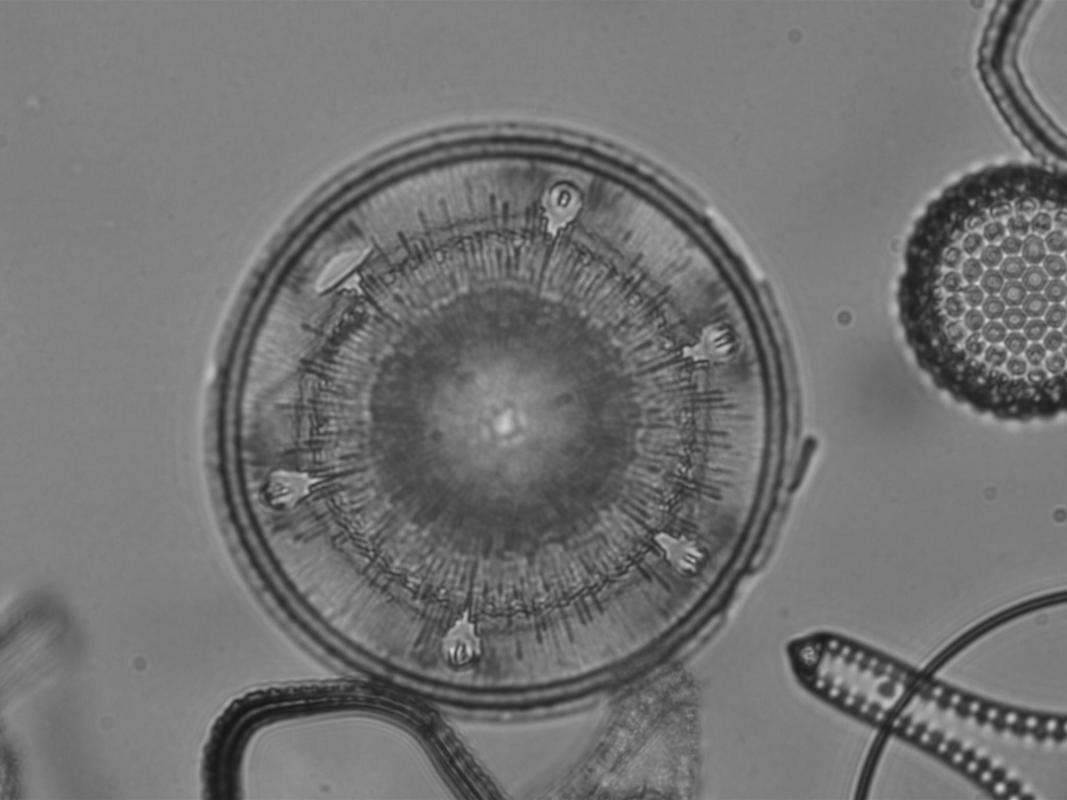Paleogene Polar Plankton and Paleoproductivity (P4 Project)
In Paleogene, 34 million years ago, global temperatures changed from warm to cold, with a simultaneous decline in atmospheric carbon dioxide. Changes in oceanic circulation could have stimulated the development of diatoms in the Paleogene and thus influenced the Earth's climate by the plankton's control over atmospheric carbon dioxide. Researchers at the Museum für Naturkunde Berlin want to know how organisms in the oceans behaved during this time - and what this suggests for plankton and climate in the future.
"If we understand how plankton and the oceans interacted with the climatic changes in the Paleogene, we can make predictions about the future development of plankton and global warming," says project leader Gayane Asatryan. She and her colleagues combine biodiversity and climate research in the project. They want to find out how the temperature fluctuations of the time affected the phytoplankton and how the increase in phytoplankton affected the carbon pump of the Paleogene ocean.
For the project, the research group must first determine the taxonomy of hundreds of plankton species from deep-sea sediments and count the occurrences of these species in carefully selected samples. They then collect further geochemical and fossil data on the evolution of the oceans and plankton in Paleogene. Computer simulations of Paleogene ocean circulation and plankton will then show how plankton and climate interacted during the major climate change 34 million years ago. This will show how phytoplankton could respond to future climate change and estimate the extinction risk of carbon capturing species.
